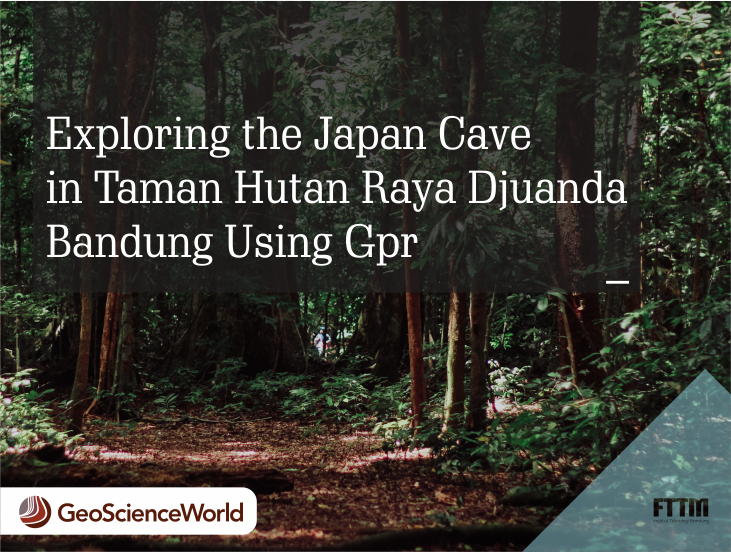Exploring the Japan Cave in Taman Hutan Raya Djuanda, Bandung Using Gpr
ABSTRACT
Investigating underground cavities is vital due to their potential for subsidence and total collapse. One of the proven geophysical methods for locating underground cavities at a shallow depth is ground penetrating radar (GPR). GPR uses contrasting dielectric permittivity, resistivity, and magnetic permeability to map the subsurface. The aim of this research is to prove that GPR can be applied to detect underground cavities in the Japan Cave of Taman Hutan Raya Djuanda, in Bandung, Indonesia. Forward modeling was performed first using three representative synthetic models before field data were acquired. The data acquisition was then conducted using a 100 MHz GPR shielded antenna with three lines of 80 m and one additional line 10 m long. The result showed a region of different reflection amplitude, which was proven to be the air-filled cavities.

